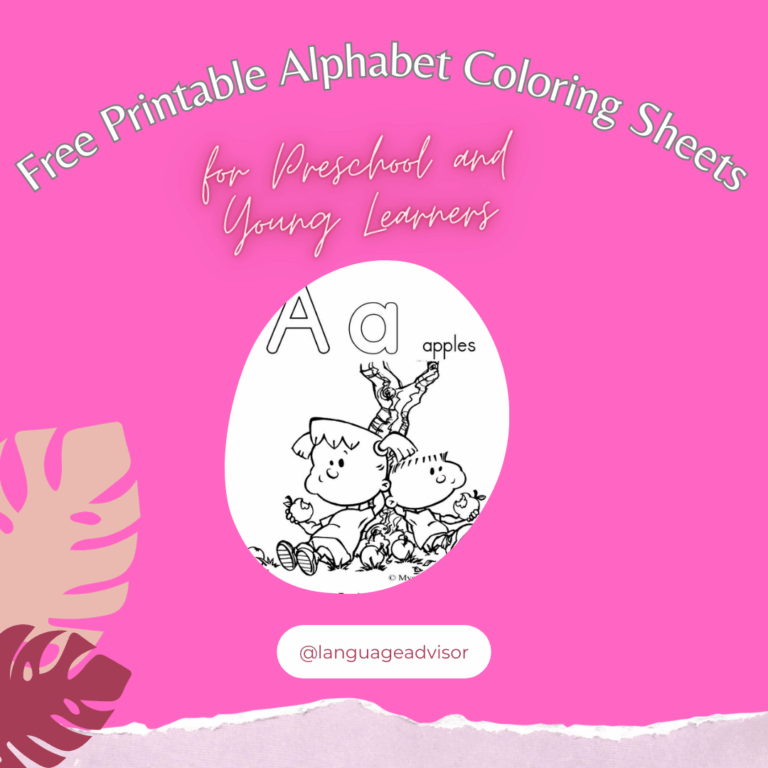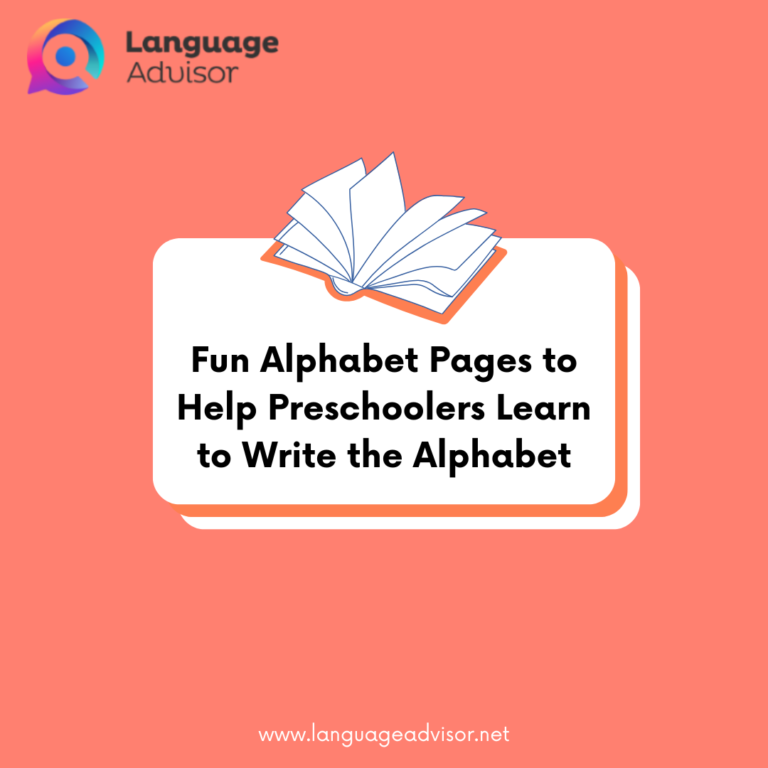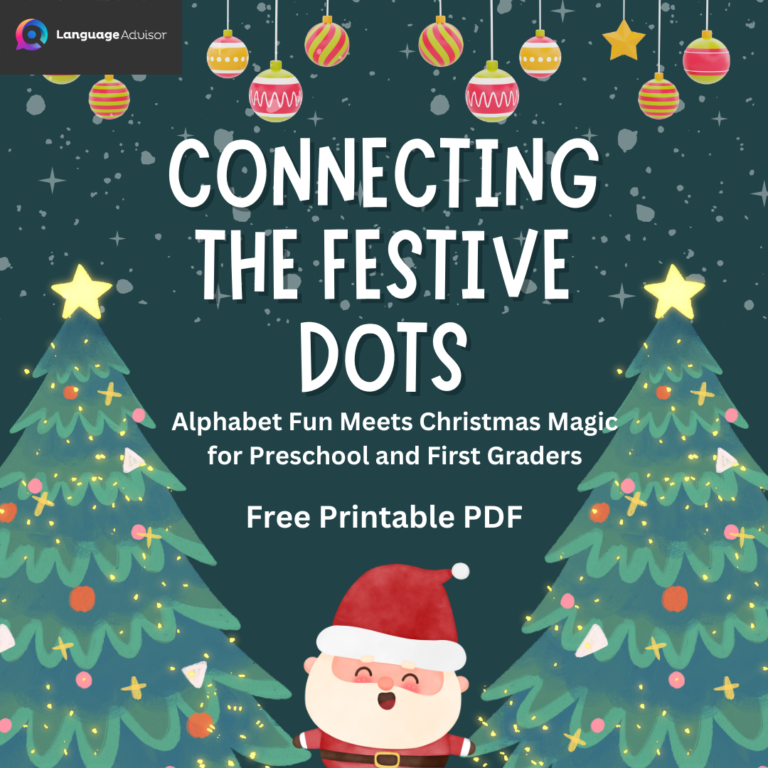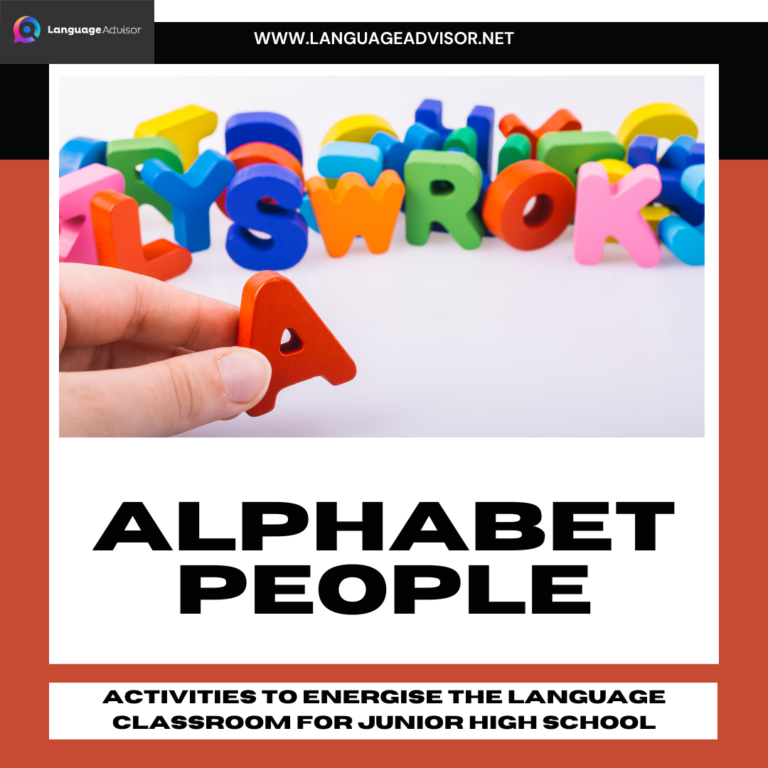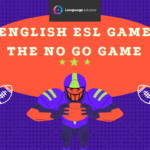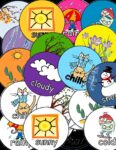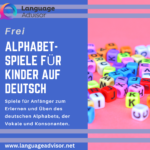Esl Alphabet Game for Kids. Esl games for beginners to learn and practice the alphabet, the vowels and the consonants
Esl Alphabet Game for kids

Esl Alphabet Game

Alphabet
Objectives: To introduce or review the English alphabet with the class.
Presentation: Write the alphabet on the board in both Upper Case and Lower Case and have the students copy it down in their notebooks.
Warm-Up:
Review names and greetings again.
Check out this game “Saying Hello and Introducing Yourself”
Practice:
– First practice saying the letters out loud as a class with them, and then have the students say it by themselves.
– Go around the class saying the alphabet with each student just saying one letter in the correct order.
– Teach the class the “Alphabet Song” and then sing it together a few times for practice with the alphabet.
Plunger Game
– Play the “Plunger Game” divide the class into two teams.
– Version 1: Two students come up to the board where the alphabet is
scrambled and the students have to point to the appropriate letter. So first two students would compete to find the letter “A” first and so on, with the first to do so getting a point for their team.
– Version 2: The teacher says a letter at random and the first student to recognize it and point it out on the board gets a point for their team.
– If time remains review the introductions and greetings from the previous lesson so that “Hangman” can be played using the students’ names and/or greetings.
Homework: Students need to write the alphabet both Upper and Lower cases three times to practice their letter writing and knowledge of the alphabet.

Esl Alphabet Game: Vowels and Consonants
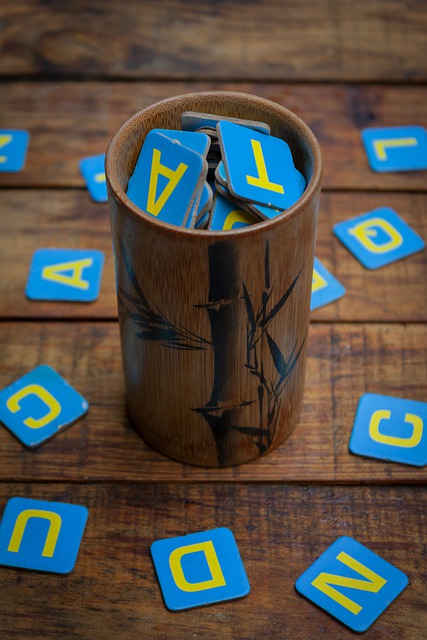
Vowels and Consonants
Objectives: Students should be able to identify vowels and consonants both in written form and orally.
Presentation: Have the students write the alphabet on the board, and then circle the vowels or consonants. Have the students group the vowels or consonants together in their notebooks.
Warm-Up:
Review greetings and sing the alphabet song.
Check out this game “Saying Hello and Introducing Yourself”
Practice:
– Have the students chant A, E, I, O, and U using their fingers as a visual cue (can throw in the concept that “Y” is also a vowel, if you think they are up to the challenge).
– Go around the room and have each student do the vowel chant so that you can hear them differentiate the sounds, and so that they can have practice saying the sounds.
– Write names of students and the greeting words and phrases that they already know on the board and have the students identify the vowels or consonants in the words.
– Next, say “vowel” or “consonant” and select a student to give you (orally or on the board) a letter that appropriately matches what you requested, either a vowel or a consonant.
– Repeat this activity, but now give the students a letter and they have to tell you whether it is a vowel or a consonant.
Around the World Game
– Play “Around the World” with this idea. This game is when two students are paired together, and a question is posed so that the first one to answer correctly then moves on to compete against the next student in line. The game continues until one student has moved “around the world (i.e. class)” to compete and defeat
all the other students in the class.
Homework: Give out new vocabulary words (make sure to leave time for this), and students have to correctly identify the vowels and consonants in the new word list. (20 new “classroom” words)
1. pen =
2. map =
3. pencil =
4. teacher =
5. ruler =
6. student =
7. notebook =
8. class =
9. book =
10. window =
11. desk =
12. door =
13. chair =
14. shelf =
15. chalkboard =
16. scissors =
17. chalk =
18. tape =
19. paper =
20. classroom =


Also Check out these English Resources for Kids



